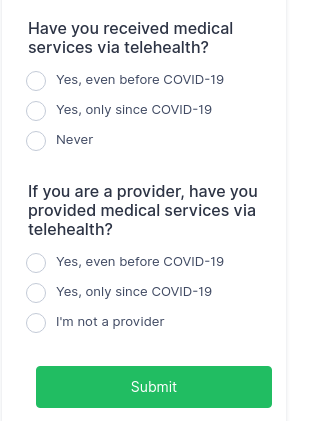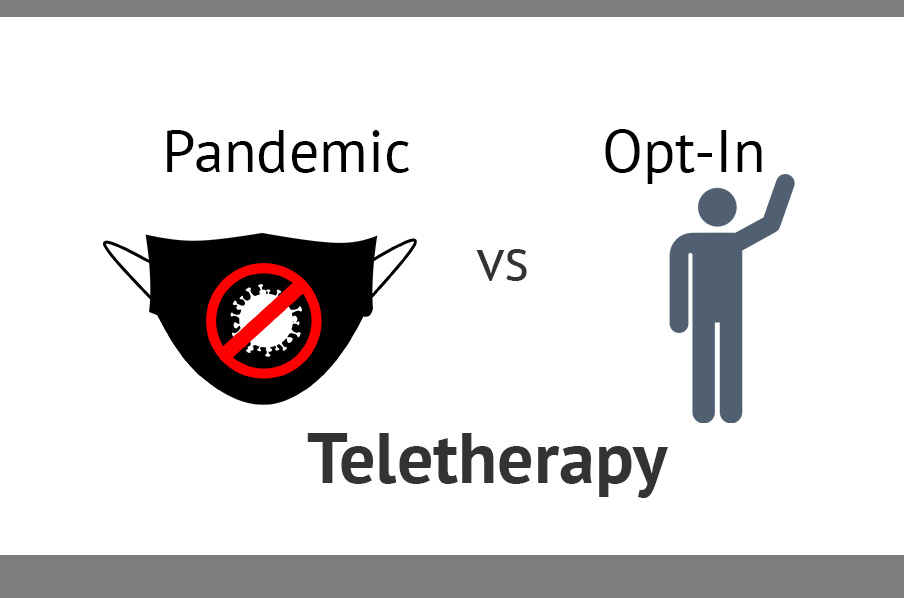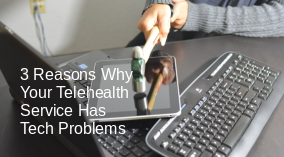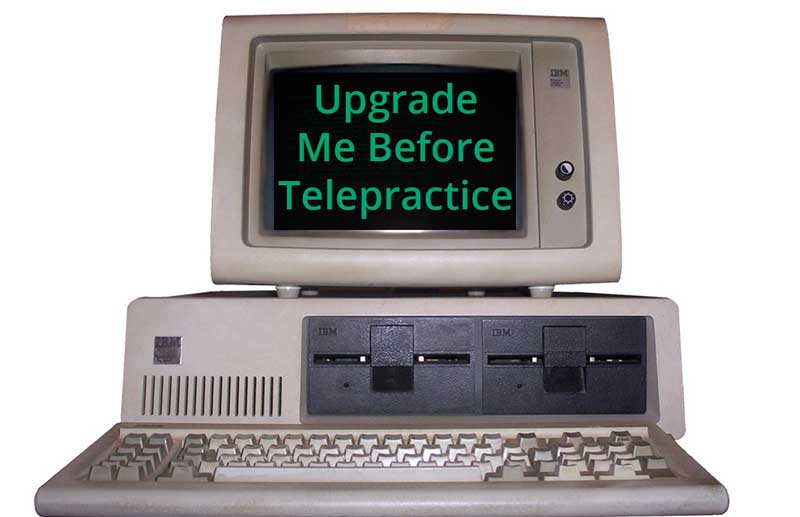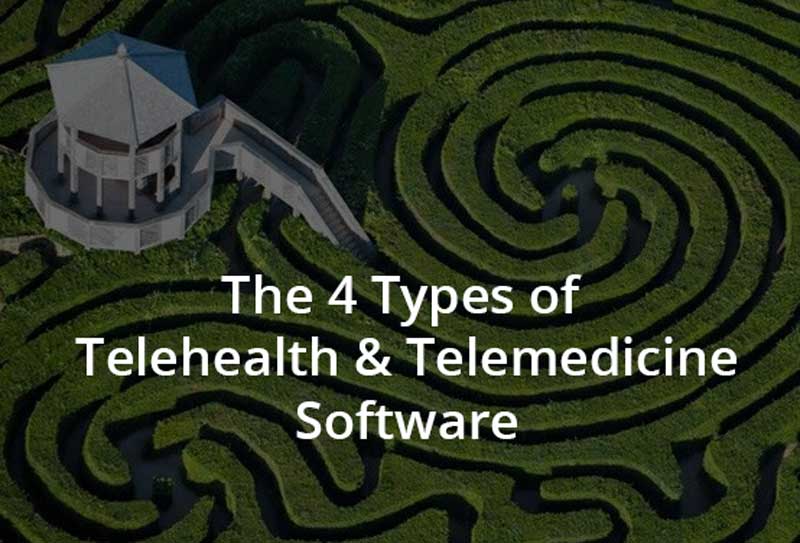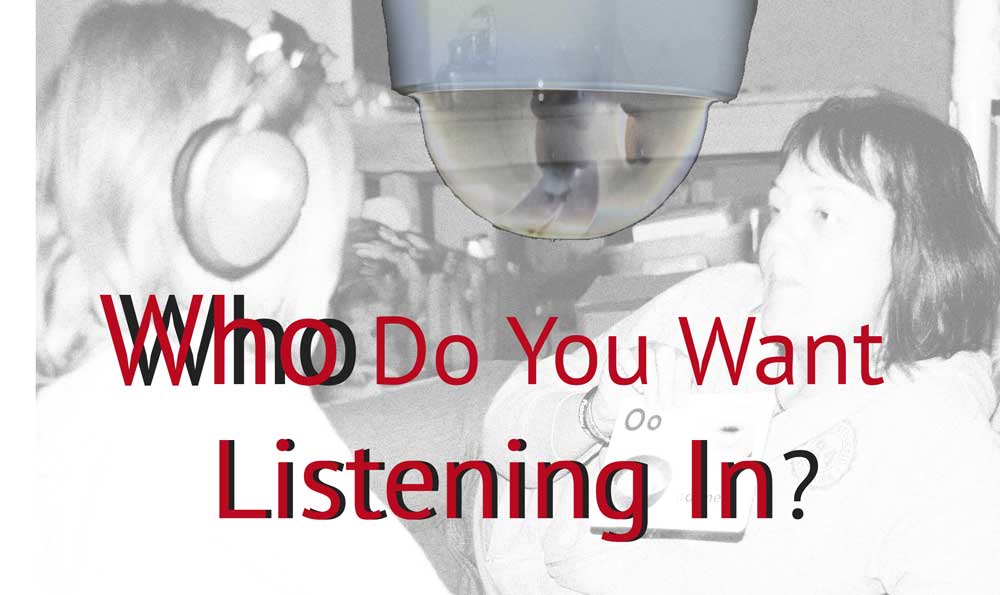After Years of Using Zoom for Teletherapy |

In a matter of weeks, the COVID-19 pandemic has made first-time telehealth users out of millions of people. This is both exciting and challenging. Three months ago, convincing patients to receive services over a video conference was one of the biggest challenges in the telehealth industry. Now that patients have been forced to accept telehealth, other challenges have taken center stage.
The Challenges
It might surprise you that the overwhelming majority of "telemedicine" is (was) not video conferences to patients' homes. Telemedicine has existed for decades, but mostly focused on how providers could treat patients in other health facilities, or do things like read MRI scans completed at remote imaging centers.
Live video conferencing to patients who are at their home, for services like therapy, is a relativity new phenomenon. Though Skype and Facetime are now common, video conferencing over the internet is still complex. The challenges stem from the disparities between hardware, internet, and tech-ability of patients.
Challenge One: Disparity among patients' personal devices
Many, if not most, companies that offer therapy-based telehealth services, require patients to use their own personal computer, tablet, or phone. The challenge: There are huge disparities in quality and condition of the patients' personal devices.
Even if the patient's device "works," there is a big difference between a speech pathology session on a phone and one on a high-end laptop. Adapting to the different devices patients are using can be stressful for providers. It also means that patients with the best devices may receive better care.
Challenge Two: Disparity among patients' internet
When it comes to live video conferences over the internet, having "broadband" is only one part of the equation. Read our article: Your Guide to What Affects Video Call Quality. It will give you a detailed overview of all the tech aspects which can cause a video call to suffer. The challenge is, the internet and our home/office networks were not fundamentally built for video calls. They were built assuming 99.9% of our use would be downloading content. A video call requires each party to upload content created in real time.
The challenge is that we assume, because we can watch YouTube with no problem, that we can also have a live video call with no issues. Your patient can have no problem watching Netfix but experience video call problems due to, for example, Wifi interference in their house. Disparity in internet is not limited who has "bandwidth" and who does not.
Challenge Three: Disparity among patients' tech abilities
The most common source of video-conference-based telehealth problems is the user's inability to troubleshoot. Computers, tablets, and smart phones dominate our modern lives. Over 96% of Americans have a mobile phone. The mistake we make is assuming the ability to do one thing with a device, equals doing something else.
A running joke of the 80's and 90's was, who in the house can program the VCR? The joke was not, who can use the VCR?, rather, who can program it to record. Today, computers, tablets, and phones are easy to use, for most people, but not for all functions. When it comes to the tech needed for telehealth, ability disparities go well beyond the person's ability to use their device.
Your patient's ability to use your video conferencing software does not mean that they have the ability to troubleshoot problems with their device. Most problems are not related to the video-conferencing software. They are related to a problem with their device, network (wifi), or internet connection. If your telehealth service relies on your patients using their personal devices with no in-person help, they must be able to find and fix actual hardware and software problems with their camera, mic, device permissions, and network (wifi).
The Challenges in COVID-19 Perspective
You might be thinking: We had to start our telehealth service overnight because of Coronavirus restrictions - we didn't have time to plan. If you are making telehealth services work for the first time because of COVID-19, pat yourself on the back. It is not easy. We are all doing the best we can in these unprecedented times. Use this time to learn the challenges of telehealth and what your company can accomplish with long-term planning.
Help For the Challenges
Help for the disparity among patients' personal devices
The best way to lessen the problems with patient device disparity is to provide the devices. One idea is to have a qualified IT professional order and configure sufficient laptops to equip all patients currently involved in your telehealth program. These laptops would be configured only to run your video-conferencing or telehealth software. Chromebooks are a good option - they are cheap, reliable, and work seamlessly with platforms like Blink Session. Imagine if your providers knew exactly the computer all their patients are using?
Aside from providing devices, having a personal device minimum requirements can be helpful. Requiring patients to use a computer is usually the most important requirement. The problem is, even if you "require" patients to use a computer, a certain percent will not follow the rules. It all depends on what you are trying to accomplish. If you are simply having a video chat, an iPad is probably fine. However, attempting hand-writing skills on an iPad might be impossible.
Help for disparity among patients' internet
One of the most frequent questions we receive at Blink Session is, what is the minimum bandwidth required? It is encouraging to see companies thinking critically, but unfortunately, bandwidth is one of only several factors which predict the quality of your video-over-internet experience. Relying only on a bandwidth test is a recipe for problems
At Blink, we have a "Test My Device" button on our login and join-session pages. This pre-call test runs several checks in an attempt to predict possible problems. Whatever video conferencing software you use, you should have patients perform a test which actually tests audio-video related aspects, not just bandwidth. However, keep in mind, even if providers and patient's pass a "test", they can still experience internet issues during the session.
Besides understanding internet aspects that affect call quality, which we discuss in our guide, you must learn to have realistic expectations. There will be situations where your patient's internet or network (wifi) is just bad and they do not know how to fix it. There will be times where your internet is slow. You must have a backup plan such as having your patient's phone number on hand. Most importantly, you must expect a percentage of the sessions to simply not work.
Help for disparity among patients' tech abilities
Before covering how to lessen the disparity of your patient's tech ability, you first must decide and clearly communicate to your patients, who is responsible for what. In your telehealth disclosure form, you should add a section covering the tech they are responsible for. If your company does not provide a device, they must understand and agree that they are ultimately responsible for the device and internet they are using to receive your service. You must understand and accept the financial ramifications if providers ultimately cannot connect to patients.
In addition, your staff must be trained on tech issues. If your staff does not know how to troubleshoot tech issues, your patients have little chance. Today, a large percentage of telehealth video-conferencing services are offered by small companies with little to no professional IT help. Providers are expected to troubleshoot virtually all tech issues, for themselves and their patients. These companies are not necessarily doomed, but the technical know-how needed does not diminish simply because your company does not have access to professional IT. But be warned, simply because an IT person can set up your printer, don't assume they are skilled at the tech issues involved in telehealth.
How we Help
At telehealth.training, we have brought together our world-class telehealth platform, Blink Session, with experts who know how to help your company with the challenges in this article. We work with companies to come up with telehealth polices and procedures that greatly increase their chances of success. Sign up for a consultation to learn how we can help/
Telehealth Quick Poll
